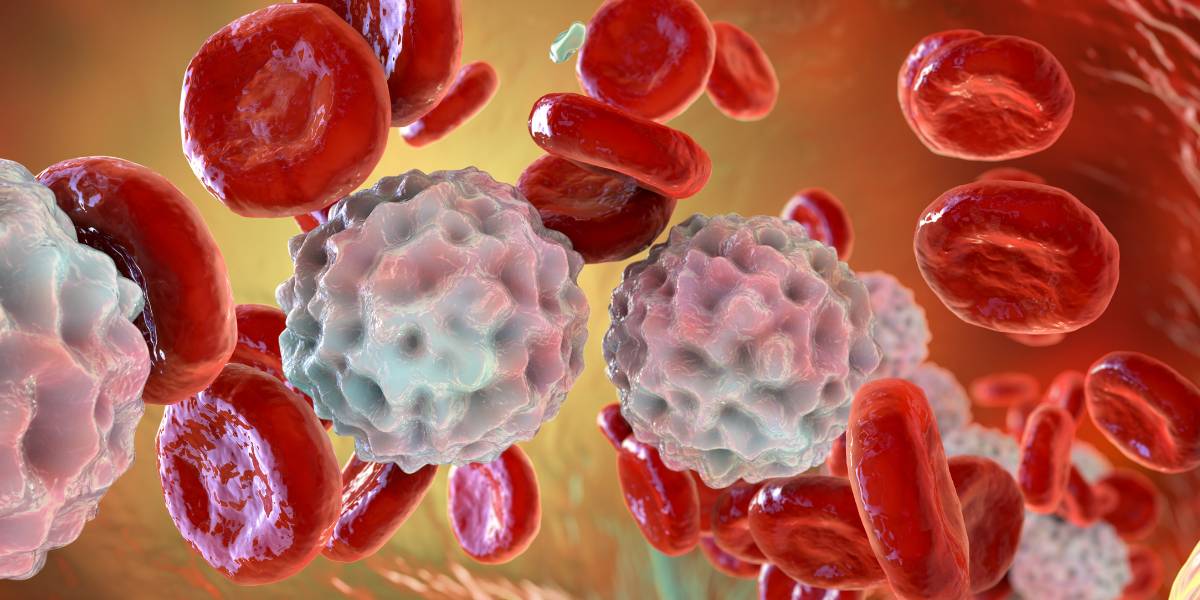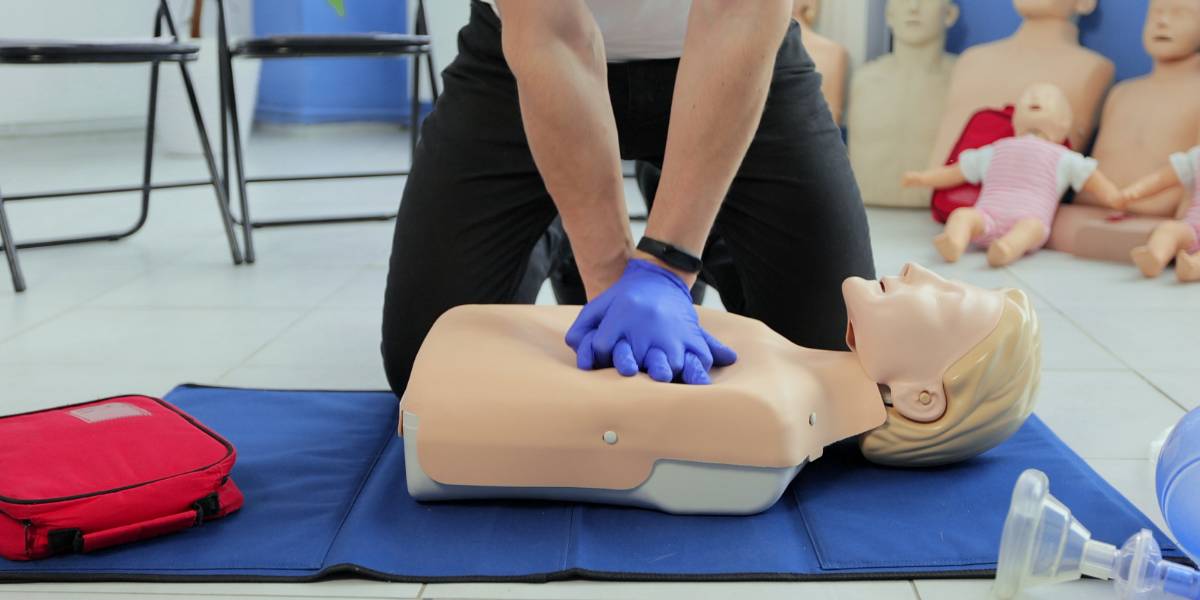Muscle cramps happen when a skeletal muscle involuntarily contracts and they can range from being uncomfortable to very painful.
They are most common from the waist down, and usually occur in the calf, feet and both front and back of the thighs. They can also affect the arms.
While they can be problematic at any time of the day, muscle cramps often wake people up in the middle of the night.
Muscle cramping is relatively common in people with diabetes mellitus, although research from Hans Kotzberg et al suggests they do not appear to be more prevalent in people with type 1 diabetes
Relationship to diabetes
People with diabetes can experience mild to severely painful muscle cramps, which can be due to a number of reasons.
High or low blood glucose levels
Glucose is required for muscles to properly contract and relax, as is a balanced exchange of electrolytes, such as calcium, magnesium and potassium.
When imbalances happen, through either high or low blood sugar, cramps can occur. During low glucose levels, this results in muscles becoming starved for glucose.
However, when blood sugar levels are high, excess glucose is excreted along with water and other salts which results in a reduced amount of electrolytes.
Nerve damage
People with peripheral vascular disease or diabetic neuropathy may suffer from muscle cramps, with poor circulation and nerve damage likely to instigate spasms.
Medication
Side effects from certain medications used to treat diabetes can result in muscle cramps.
These include insulin , lipid (cholesterol) lowering agents, antihypertensives (blood pressure medications), oral contraceptives or beta-agonists.
Treating muscle cramps
Muscle cramps are often infrequent in people with or without diabetes, and massaging the affecting muscle while stretching it out can relieve the pain.
However, if you are experiencing regular muscle cramps then you should consult your diabetes care team, who can ascertain the cause and if treatment is required.
Diabetic neuropathy
If you have been diagnosed with diabetic neuropathy , controlling your blood sugar is crucial to reduce the further risk of nerve damage. Your doctor may also prescribe you medication for the pain.
Dietary supplements
A healthy diet is crucial for people with diabetes, but some people experiencing muscle cramps may do so due to a lack of vitamins and nutrients. Dietary supplements may be advised by your doctor, but only in accordance with the current medication you are taking.
Physical therapy
Physical therapy can teach exercises that reduce discomfort, while instigating action yourself, such as regularly going for walks and soaking your legs and feet in a warm bath can ease muscle pain.
Preventing muscle cramps
There are a number of ways in which people with diabetes can prevent muscle cramps from occurring, including:
- Carefully monitoring blood glucose levels
- Eat foods rich in potassium, calcium and magnesium
- Wear footwear that is supportive and comfortable
For preventative treatment that is not specifically for people with diabetes, you could also try to avoid the following to reduce your risk of muscle cramps:
- Dehydration
- Overusing a muscle
- Staying in one position for a long time







